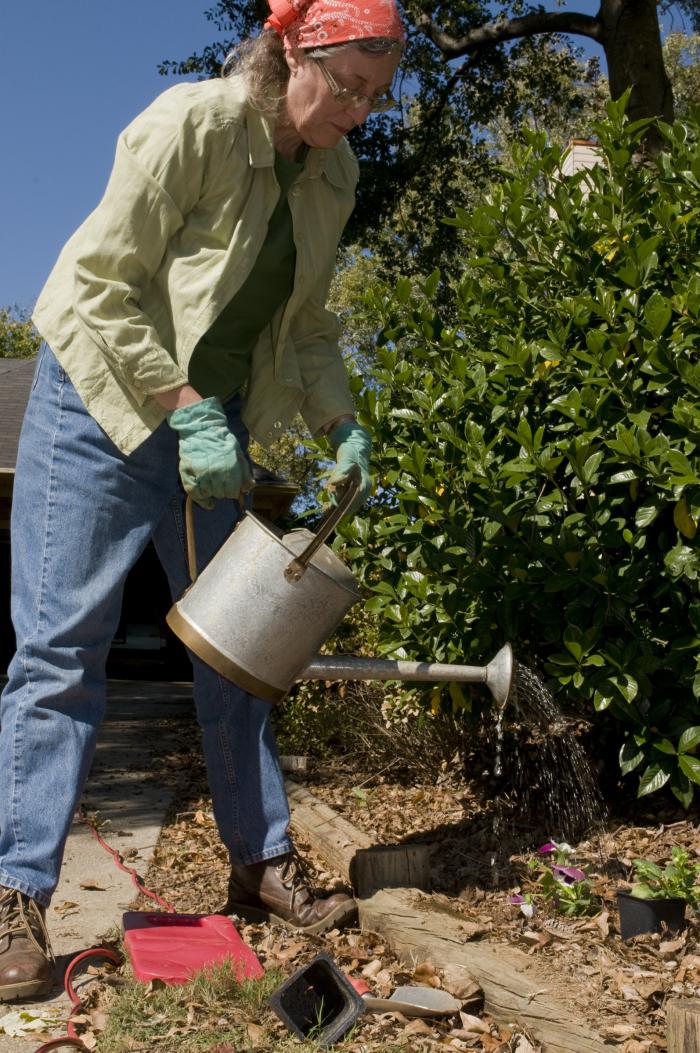By ICAA
One of the first things taught in marketing is that if you don’t know who your customer is, you will never achieve ultimate success. Keep this axiom in mind. It is probably the most important thing to take into account in the conceptual stage of building your physical activity marketing program.
How do you choose which segment of the older adult population to target? In recent years, marketers and researchers have suggested all kinds of approaches to this question. But when it comes to physical activity and exercise, levels of physical function remain an important and effective way to segment older adults.
The five levels of function
In her 1995 landmark book, Physical Demensions of Aging, Waneen Spirduso, EdD, Mauzy Regents Professor of Kinesiology and Health Education at the University of Texas-Austin, details five distinct functional levels in the mature population:
1. Physically dependent – Individuals cannot do some or all Basic Activities of Daily Living, or BADL (i.e. self-feeding, dressing, using the toilet, transferring, and walking). These adults depend on others for food and other basic functions of living.
2. Physically frail – Individuals can perform BADL, but cannot execute some or all of the activities necessary to live independently. Generally, this inability is due to a debilitating disease or condition that physically challenges these adults on a daily basis.
3. Physically independent – Individuals live independently, usually without debilitating symptoms of major chronic diseases. However, these men and women have low health and fitness reserves.
4. Physically fit – Individuals exercise at least twice a week for their health, enjoyment and well-being. They also enjoy high health and fitness reserves.
5. Physically elite – Individuals train on an almost daily basis. In addition, these adults either compete in sports tournaments or work in physically demanding jobs.
Imagine the impact on your business if you had no defined target market, and you aimed simply to serve older adults, with little awareness of the range of abilities. Not to mention, of course, poor experiences your wellness center would offer many potential clients. The bottom line? Functional levels influence every aspect of marketing, and ultimately, it’s success.
Different levels, different needs
In narrowing down which segment(s) to pursue, you will want to consider the most immediate fitness needs of older adults. Physically dependent adults need movement that helps maintain or improve physical function for basic self-care, such as strength training, range of motion, and balance and coordination. Physically frail adults need exercise that helps maintain or improve their ability to perform basic and instrumental activities. Physically dependent adults need to focus on exercise that will help them prevent illness, disability, or injury. Since this group is at high risk for greater dependency, a main goal is to educate them about the importance of “prevention of functional loss” and motivate them to increase their health and fitness reserves.
With physically fit older adults, the primary goal is to provide them with current health information and various opportunities to maintain their fitness. And physically elite older adults still need exercise that helps build reserve and maintain fitness, and conditions individuals to improve performance in competition or in strenuous work and/or recreational activities. With physically elite clients, the wellness professional’s role is that of facilitator.
Information about each group will help you make an informed choice about which functional level(s) to target – before you invest in your marketing program. Once you know who your customers will be, you can plan all aspects of your marketing effort, keeping their needs in mind.
Think of it this way: If the key to success is targeting your market effectively, then knowing this group’s needs and abilities lets you select the right key.